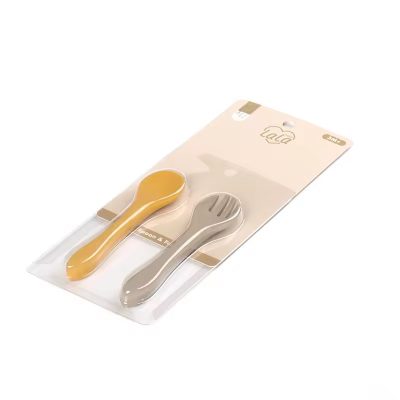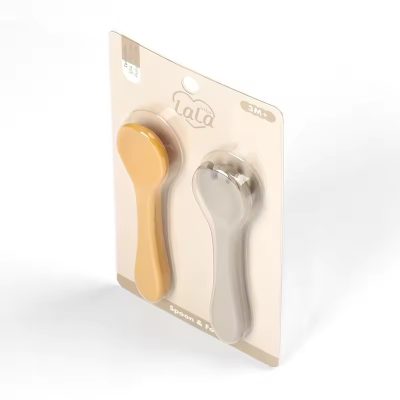Slide blister packaging stands as a testament to innovation in product packaging, offering a blend of security and convenience that appeals to both manufacturers and consumers. This article aims to provide a detailed exploration of slide blister packaging, elucidating its features, benefits, design considerations, and versatile applications across industries.
Introduction to Slide Blister Packaging
Slide blister packaging is a sophisticated packaging solution that integrates a transparent plastic blister with a sliding cardboard sleeve or backing. This unique design allows consumers to access the product by sliding the sleeve, providing a controlled opening experience while ensuring product protection and security.
Key Components and Features
Slide blister packaging comprises two primary components:
Blister: The transparent plastic blister securely encases the product, offering visibility while safeguarding it from external elements such as dust and moisture.
Sliding Sleeve: The cardboard sleeve features a sliding mechanism that allows consumers to access the product without compromising its packaging. Printed with branding elements and product information, the sleeve enhances product presentation and consumer engagement.
Advantages of Slide Blister Packaging
Slide blister packaging offers numerous advantages:
Enhanced Security: The sliding sleeve adds an extra layer of security, reducing the risk of tampering or theft and ensuring product integrity throughout the supply chain.
Consumer Convenience: The sliding mechanism provides easy access to the product, allowing consumers to retrieve it effortlessly while preserving the packaging for storage or reuse.
Brand Visibility: The cardboard sleeve serves as a branding platform, enabling manufacturers to showcase their logos, taglines, and product features prominently, enhancing brand visibility and recognition.
Product Protection: The transparent blister offers protection against physical damage and contamination, ensuring the product remains in optimal condition until purchase.
Design Considerations
When designing slide blister packaging, manufacturers should consider factors such as:
Material Selection: Choosing durable and eco-friendly materials for both the blister and sleeve to ensure product protection and sustainability.
Graphic Design: Creating eye-catching graphics and branding elements to attract consumer attention and communicate product information effectively.
Slide Mechanism: Designing a reliable and user-friendly sliding mechanism that operates smoothly and withstands repeated use.
Applications Across Industries
Slide blister packaging finds applications in various industries, including:
Consumer Electronics: It is commonly used for packaging electronic accessories, such as cables, chargers, and adapters, offering a secure and convenient solution for consumers.
Toys and Games: Slide blister packaging is popular for packaging small toys and games, providing a fun and interactive experience for children while ensuring product safety.
Hardware and Tools: It is also utilized for packaging small hardware items and tools, offering protection and organization in retail environments.
Conclusion
In conclusion, slide blister packaging represents a harmonious fusion of security and convenience, making it an ideal packaging solution for a wide range of products. Its innovative design, coupled with its benefits of enhanced security, consumer convenience, and brand visibility, makes it a valuable asset for manufacturers looking to enhance their products’ presentation and protection in today’s competitive marketplace. As consumer preferences continue to evolve, slide blister packaging remains a versatile and adaptable packaging solution, catering to the dynamic needs of both manufacturers and consumers alike.







